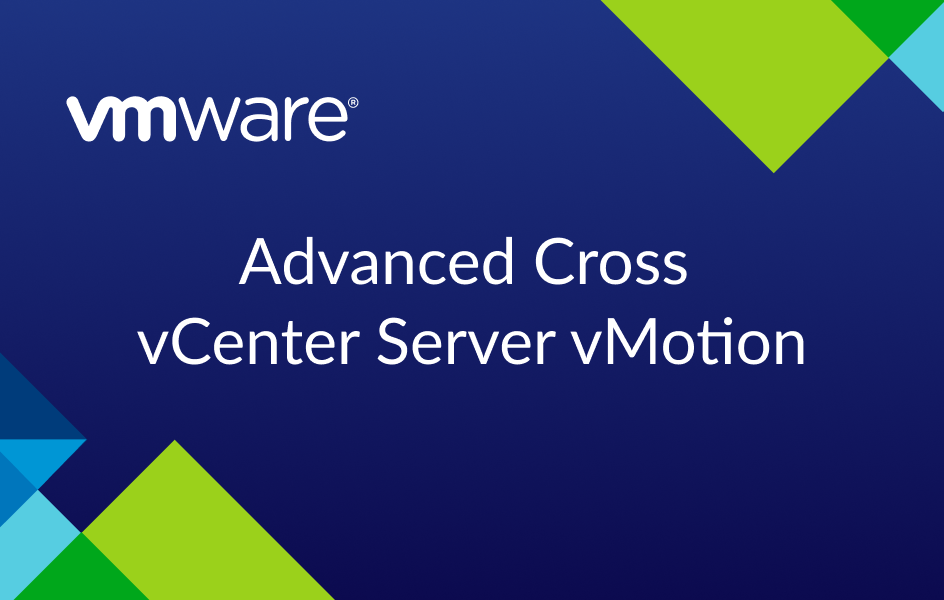Restore Office 365 data from Veeam Backup for Office 365
Learning how to configure Veeam Backup for Office 365 is great but restoring an O365 tenant is a whole other story. To follow this article and complete the necessary actions, you’ll need to install the explorer console provided with Veeam Backup for O365 on your server. Then, a user-friendly interface will take you through the restoration procedure.
Read more








